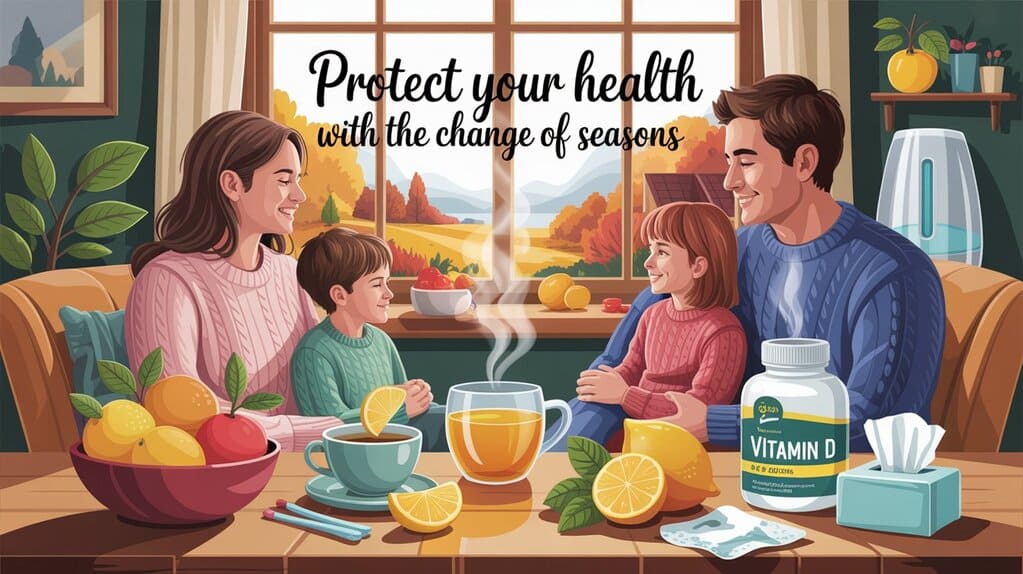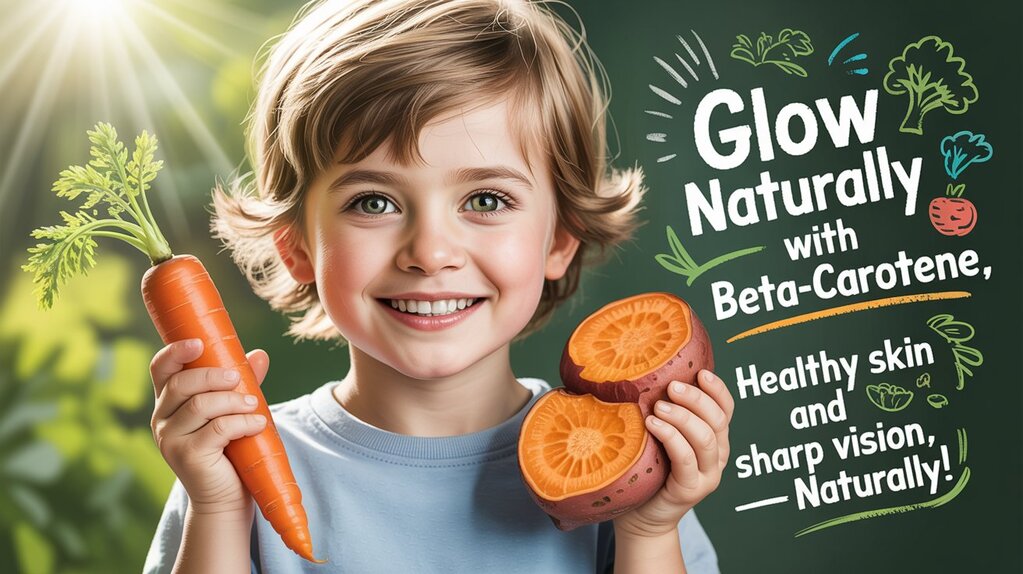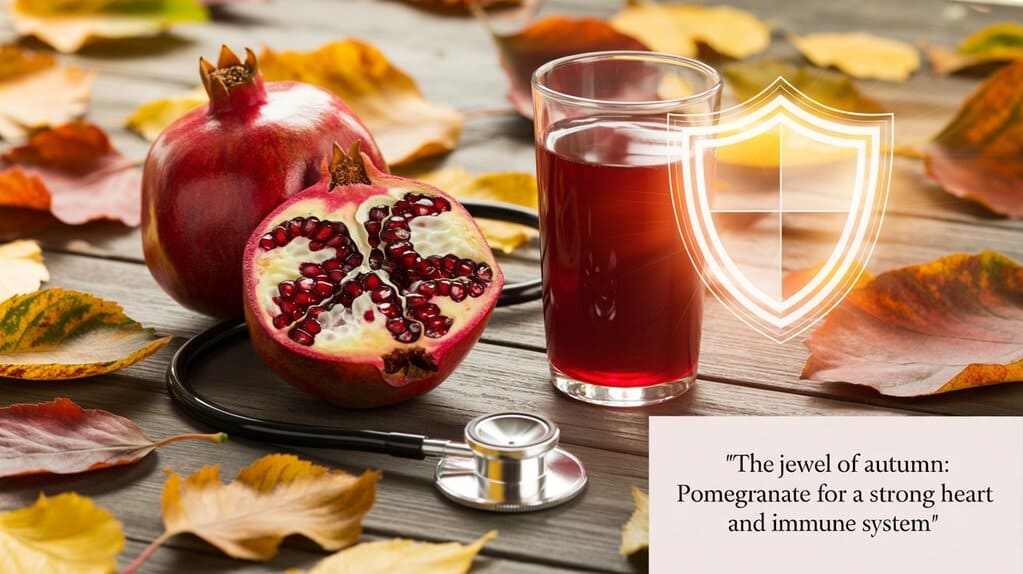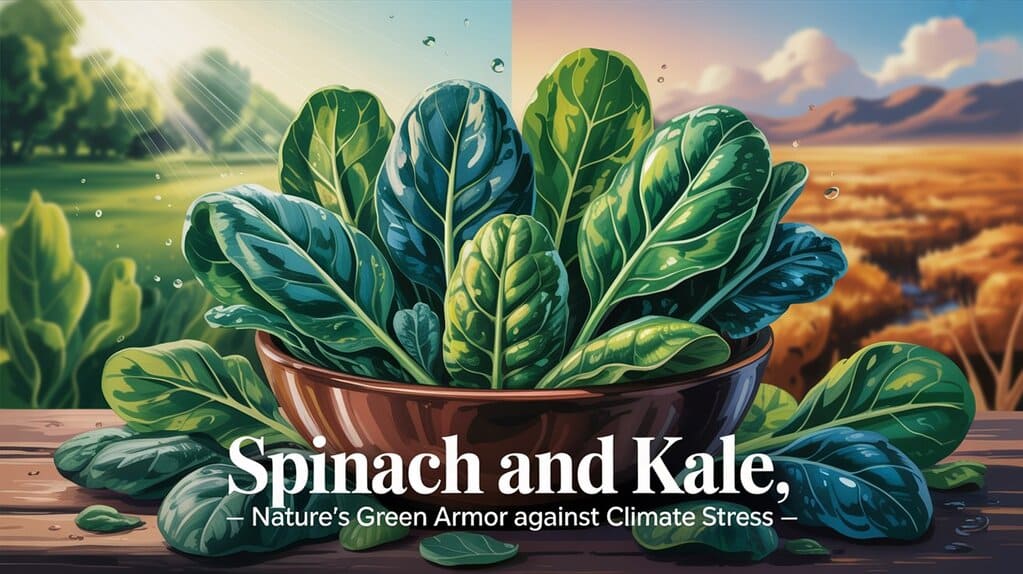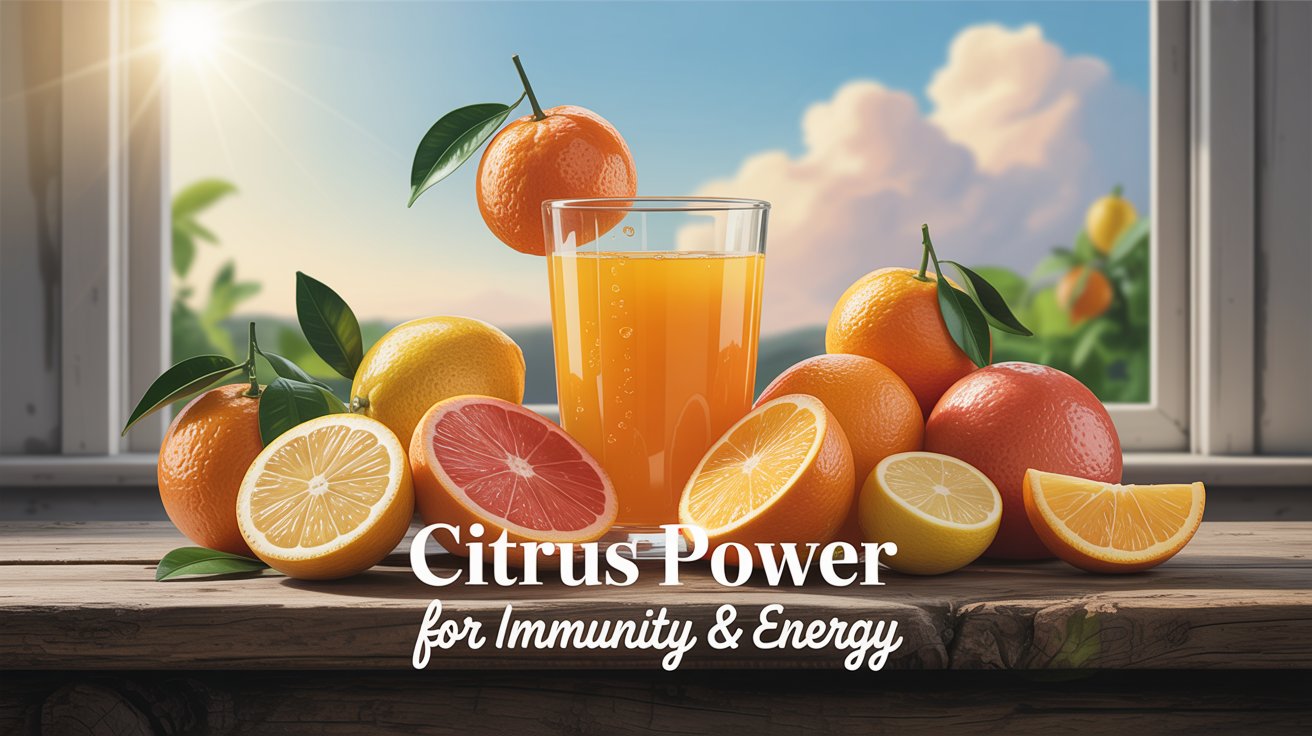Introduction
Watermelon is one of the most beloved summer fruits, known for its refreshing taste, hydrating qualities, and nutritional value. Rich in vitamins A, C, and antioxidants like lycopene, watermelon can be a healthy addition to your diet. However, not all watermelon is good for you. Consuming unripe, spoiled, or chemically treated watermelon may pose health risks ranging from mild digestive upset to severe food poisoning.
In this article, we will explore how to distinguish between fresh and unripe or harmful watermelon, the health risks associated with spoiled watermelon, and scientific insights from medical professionals and studies. We’ll also highlight common signs of spoilage, safe consumption practices, and how to ensure your watermelon is both nutritious and safe.

Body
1. The Nutritional Value of Fresh Watermelon
Fresh watermelon is 90% water, making it an ideal fruit for hydration, especially during hot summer months. According to the USDA Food Database and Mayo Clinic:
| Nutrient | Amount per 100g | Benefit |
|---|---|---|
| Vitamin C | 8.1 mg | Boosts immunity |
| Vitamin A | 569 IU | Good for vision |
| Lycopene | 4532 µg | Powerful antioxidant |
| Potassium | 112 mg | Supports heart function |
| Fiber | 0.4 g | Aids digestion |
Source: USDA FoodData Central and Mayo Clinic

2. How to Identify a Fresh Watermelon
To avoid health risks, learning how to identify a ripe, safe watermelon is essential. Here are some tips:
✅ Signs of a Fresh, Ripe Watermelon:
- Uniform green color with darker green stripes
- Yellow field spot (creamy or buttery) on the underside
- Hollow sound when tapped — indicates ripeness
- Firm skin without soft spots or dents
- Heavy for its size — higher water content
🚫 Signs of Unripe or Harmful Watermelon:
- White or greenish field spot — indicates it’s unripe
- Soft or mushy areas — could be spoiled
- Cracks or leaking juice — overripe or damaged
- Fermented or sour smell — sign of bacterial activity
- Unusual taste — bitter or overly sour can signal chemical treatment or spoilage
🩺 According to Dr. Linda Katz, Chief Medical Officer at the FDA Center for Food Safety and Applied Nutrition, “Improperly stored watermelon can become a breeding ground for bacteria like Salmonella or Listeria, particularly if it’s pre-cut and left unrefrigerated for more than 2 hours.”
3. Health Risks of Eating Spoiled or Chemically-Treated Watermelon
Unripe or contaminated watermelon can have adverse effects on health. Common symptoms include:
- Stomach cramps and diarrhea
- Nausea and vomiting
- Fever and chills (in case of bacterial infection)
- Headaches and dizziness (often due to nitrates used to artificially ripen fruit)
According to a study published in the Journal of Food Protection (2023), 90% of foodborne illness outbreaks linked to fruit in the summer months involved pre-cut watermelon stored at improper temperatures.
📚 Reference: Journal of Food Protection, Volume 86, Issue 4, April 2023.
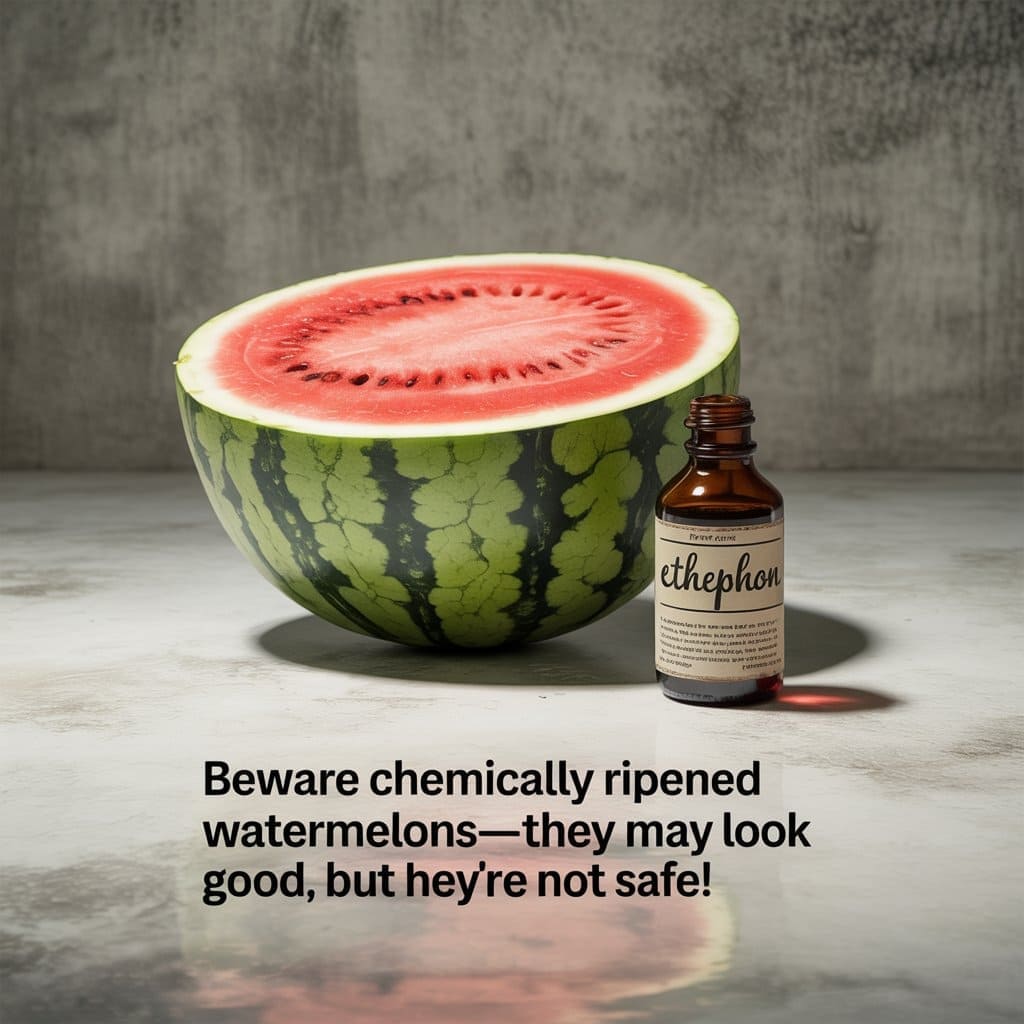
4. Chemical Adulteration: A Hidden Danger
In some regions, watermelons are treated with ethrel (ethephon) or calcium carbide to accelerate ripening. While this makes the fruit look attractive, these chemicals can be toxic if ingested.
Health effects of chemical-laden watermelon may include:
- Neurological symptoms (tingling, tremors, dizziness)
- Gastrointestinal distress
- Hormonal imbalances with prolonged exposure
🚨 A 2022 report by the World Health Organization (WHO) warns against artificial ripening agents used in watermelons, citing their toxic effects on the liver and nervous system.
5. The Science of Ripening: Natural vs Artificial
| Method | Appearance | Taste | Risk |
|---|---|---|---|
| Natural Ripening | Uniform, not overly shiny | Sweet, aromatic | Low |
| Chemical Ripening | Too glossy or dull | Watery or bitter | High (toxicity, digestive issues) |
💡 Tip: Never buy watermelons that look “too perfect” with excessive shine or an unnatural red interior — they may have been chemically enhanced.
6. Safe Storage and Consumption Tips
Proper handling of watermelon is key to preventing contamination:
- Wash the outer skin before cutting to avoid transferring bacteria from the surface.
- Refrigerate cut pieces immediately — do not leave them out for more than 2 hours.
- Consume within 3–5 days of cutting.
- Avoid consuming pre-cut watermelon from unreliable street vendors.
📌 According to the CDC (Centers for Disease Control and Prevention), improper storage of cut watermelon is a common cause of summer food poisoning outbreaks.
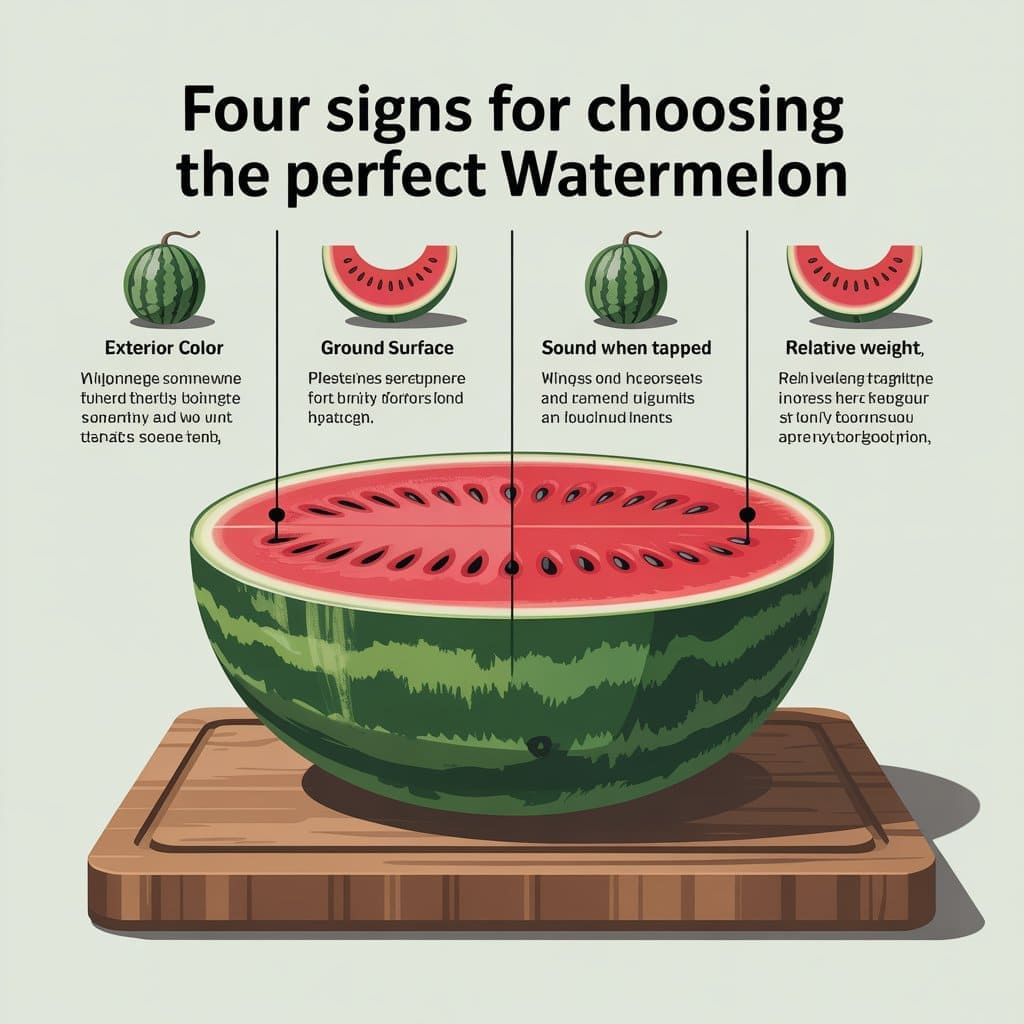
7. Expert Advice on Watermelon Safety
- Dr. Kate Allen from the World Cancer Research Fund recommends choosing organically grown watermelon when possible to avoid pesticide residue.
- FDA guidelines urge consumers to inspect for signs of mold, especially around cut areas or packaging.
8. Can You Eat Watermelon That Looks Fine But Tastes Strange?
If your watermelon looks fine but has a strange taste (e.g., overly fizzy, fermented, or bitter), do not consume it. That’s a strong indicator of spoilage or chemical residue.
❌ Myth: “If it looks okay, it’s safe.”
✅ Fact: Spoiled or contaminated watermelon can still look fine to the naked eye.
Conclusion
In conclusion, while watermelon is a nutritious and hydrating fruit, it must be chosen and consumed carefully to avoid health issues. Being able to distinguish between fresh and harmful watermelon is not just about taste — it’s a matter of health and safety.
✅ Key Takeaways:
- Look for natural ripeness signs: color, weight, and sound.
- Avoid watermelons that are cracked, mushy, or overly shiny.
- Store properly and avoid street-prepared pre-cut slices.
- Beware of chemical ripening agents and strange tastes.
- Rely on scientific insights and food safety guidelines to make healthy choices.
Choosing a safe watermelon means being informed. By following the tips and checking for key indicators of freshness, you can enjoy this delicious summer fruit without putting your health at risk.
References
- USDA FoodData Central. https://fdc.nal.usda.gov/
- Mayo Clinic. “Watermelon: Health Benefits.” https://www.mayoclinic.org
- WHO. “Food Safety Guidelines for Fruits & Vegetables,” 2022.
- Journal of Food Protection, Volume 86, Issue 4, April 2023.
- CDC. “Fruit and Foodborne Illness: Prevention Tips.” https://www.cdc.gov
- Wikipedia. “Watermelon.” https://en.wikipedia.org/wiki/Watermelon
- FDA. “Foodborne Pathogens and Safety of Melons.” https://www.fda.gov
- World Cancer Research Fund. “Pesticides and Fruit Safety.” https://www.wcrf.org

